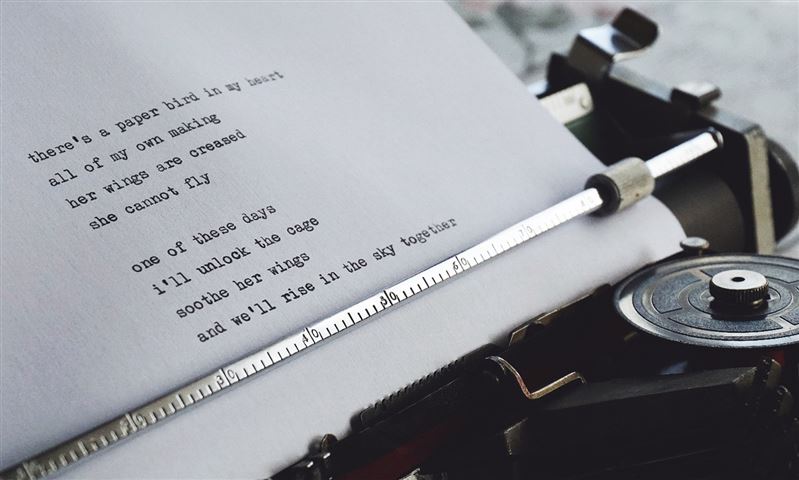Welcome to a realm where words pirouette upon pages, transcending the earthly confines, and poetry dances as a testament to the boundless creativity that springs from the human spirit. Poets have ventured to push the bounds of expression throughout history, bravely exploring undiscovered areas of forms, genres, and techniques.

This evolution reflects the ebb and flow of social conventions, the ascent, and decline of artistic movements, and technological marvels. Come with me on a delightful voyage through the fabric of poetry. Let us be spellbound, captivated by the mystical realms of sonnets, haikus, free verse, and avant-garde expressions.
Armed with the wisdom of poetry's ever-changing face, I can easily do my paper or ask for the appropriate service to help me do my paper and wow my tutor with every piece. May this article be your gateway to uncharted realms of creativity, propelling you to soar high above the mundane, effortlessly mastering every poetic task you are assigned.
Traditional Forms
Poetry has a rich history of traditional forms that have shaped its development. These forms include the sonnet, haiku, villanelle, ballad, and many others. These structures often adhere to specific rhyme schemes, meter, and syllabic patterns. They provide poets with a framework within which to craft their work, and they have been widely used to convey emotions, tell stories, and explore themes.
Romantic and Modernist Movements
Poets started to challenge the dictates of traditional forms in the Romantic and Modernist revolutions in the 18th and 19th centuries. Romantic writers like William Wordsworth and Samuel Taylor Coleridge attempted to portray personal emotions and experiences through a more intimate and subjective lens.
They stressed the supernatural, nature, and imagination. Poets such as T.S. Eliot and Ezra Pound dabbled with fragmented imagery, unorthodox syntax, and free poetry with the onset of the Modernist movement in the early twentieth century. They eschewed traditional conventions to portray modern life's fragmentation and the intricacies of human consciousness.
The Rise of Experimental Poetry
As the 20th century progressed, experimental poetry gained momentum. Poets began to break away from established structures, exploring new forms, language, and ideas. They challenged the boundaries of what constituted poetry and sought to engage readers in new and thought-provoking ways.
One prominent example of experimental poetry is the Beat Generation, with poets like Allen Ginsberg and Jack Kerouac. Their work embraced a spontaneous, free-flowing style, often influenced by jazz and Eastern philosophies. They rejected traditional grammar and syntax, opting for a more stream-of-consciousness approach.
Another significant development was the emergence of concrete poetry or visual poetry. This form emphasizes the visual arrangement of words and letters on the page, creating meaning through their physical form. Poets like E.E. Cummings and Guillaume Apollinaire experimented with typography, spacing, and shape, blurring the boundaries between visual art and poetry.
Contemporary Approaches
In recent decades, poets have continued to push the boundaries of poetry through various experimental approaches. Some poets have embraced found poetry, incorporating existing texts, newspaper clippings, or even social media posts into their work. Others have explored performance poetry, combining spoken word, music, and multimedia elements to create immersive experiences.
Additionally, digital technology has opened new possibilities for poetic expression. Poets now experiment with hypertext poetry, interactive poetry, and multimedia poetry, incorporating hyperlinks, videos, and audio recordings. These approaches challenge the traditional linear form of poetry and invite readers to actively engage with the text.
Final Take
Overall, the evolution of poetry in paper writing showcases a gradual departure from traditional forms toward more experimental and innovative approaches. This progression reflects the changing cultural landscape, the desire for individual expression, and the exploration of new artistic possibilities. Poets continually adapt and redefine the boundaries of poetry, ensuring its relevance and vitality in an ever-changing world.